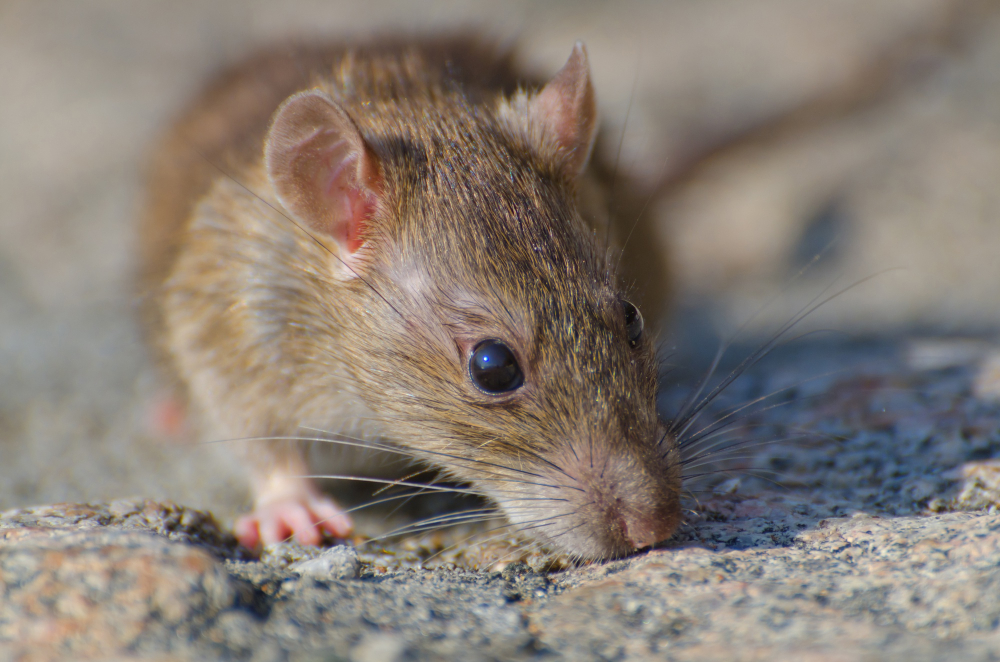Safe Non-toxic Rodent Control for Pets: Your Essential Guide
Share
For families with pets, maintaining a safe and healthy home environment is paramount, particularly when battling rodent issues. Conventional rodent control methods often involve toxic substances that can endanger our furry companions. This begs the question: how can we manage rodent infestations effectively without putting our pets at risk?
Thankfully, a variety of non-toxic rodent control options that are safe for pets exist, utilizing natural and eco-friendly techniques to keep your home rodent-free without resorting to harmful chemicals.

Examining the Dangers of Conventional Rodent Control
Typical rodent control strategies frequently depend on chemical baits and poisons that, while effective at diminishing rodent populations, pose significant threats to other animals in the household. Pets are particularly vulnerable due to their inquisitive nature, risking severe health issues or even death from ingesting these hazardous substances.
Moreover, the use of poisons can impact the local ecosystem; predatory creatures that consume the poisoned rodents may also suffer from secondary poisoning, upsetting the balance of local wildlife.
Safe Alternatives for Rodent Control
Lucky for pet owners, there are effective non-toxic and pet-safe options available for rodent control. Here are some practical strategies:
1. Natural Repellents
Utilizing natural repellents that emit scents unpleasant to rodents but harmless to pets and humans is an excellent method. Essential oils like peppermint, eucalyptus, and citronella are popular choices. You can place these oils in diffusers or soak cotton balls and position them around your home. For more details on natural repellents, visit this resource.
2. Ultrasonic Rodent Devices
Ultrasonic devices release sound waves at frequencies uncomfortable for rodents but inaudible to both humans and pets. These gadgets effectively repel rodents while ensuring the safety of your pets.
3. Human Traps
Humane traps permit the capture and release of rodents without inflicting any harm. These traps are designed to confine the rodent until it can be relocated to a suitable area far from your home.
Making Your Home Less Appealing to Rodents
Besides opting for non-toxic rodent control solutions, its vital to create an environment that is less inviting for these pests. This includes sealing entry points, ensuring cleanliness, and securing potential food sources.
1. Seal Off Entry Points
Rodents can infiltrate your home through surprisingly tiny openings. Examine your dwelling for gaps and seal them with materials like steel wool or caulking to block their access.
2. Keep Things Clean
Maintaining cleanliness in your home is essential. Make sure trash receptacles are tightly closed, store food in sealed containers, and promptly clean up crumbs and spills.
3. Secure Food Sources
Since rodents are drawn to food, its important to store all food including pet foodin secure containers. Avoid leaving pet food out overnight and ensure to clean up any spills immediately. For more on securing food sources, check this article.
Advantages of Non-toxic Rodent Control
By choosing non-toxic rodent control approaches that are safe for pets, you not only protect your furry friends but also foster a healthier living environment. These methods significantly reduce the risk of accidental poisoning and help preserve the ecosystem.
For more practical tips on creating a rodent-free home, visit this guide.

Frequently Asked Questions (FAQ)
Q1: How effective are natural rodent repellents?
Natural rodent repellents can be highly effective when applied correctly and consistently, helping to create an environment that rodents find unwelcoming.
Q2: Are ultrasonic repellents safe for pets?
Absolutely! Ultrasonic repellents are designed to be harmless to pets, emitting sound waves that affect rodents only, leaving dogs, cats, and other animals unharmed.
Q3: What steps should I take if I spot a rodent in my house?
If you encounter a rodent, try using humane traps to safely capture it. Ensure to seal any entry points, and consider incorporating natural repellents to deter future visitors. For more insights, refer to this external article.
By utilizing these non-toxic rodent control techniques, you can ensure a safe and healthy atmosphere for your pets while effectively handling rodent issues. Explore further methods to deal with rodents without harmful substances by checking out this article.
